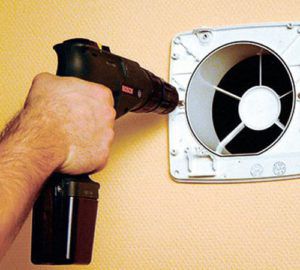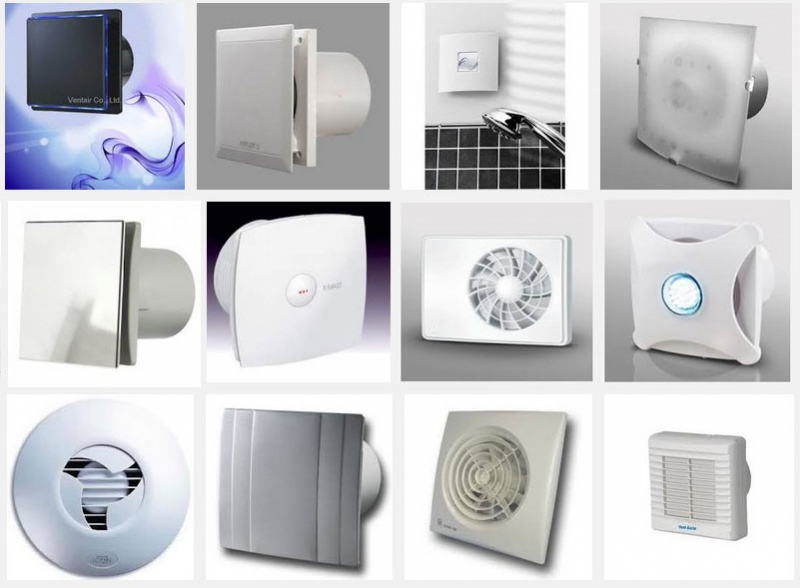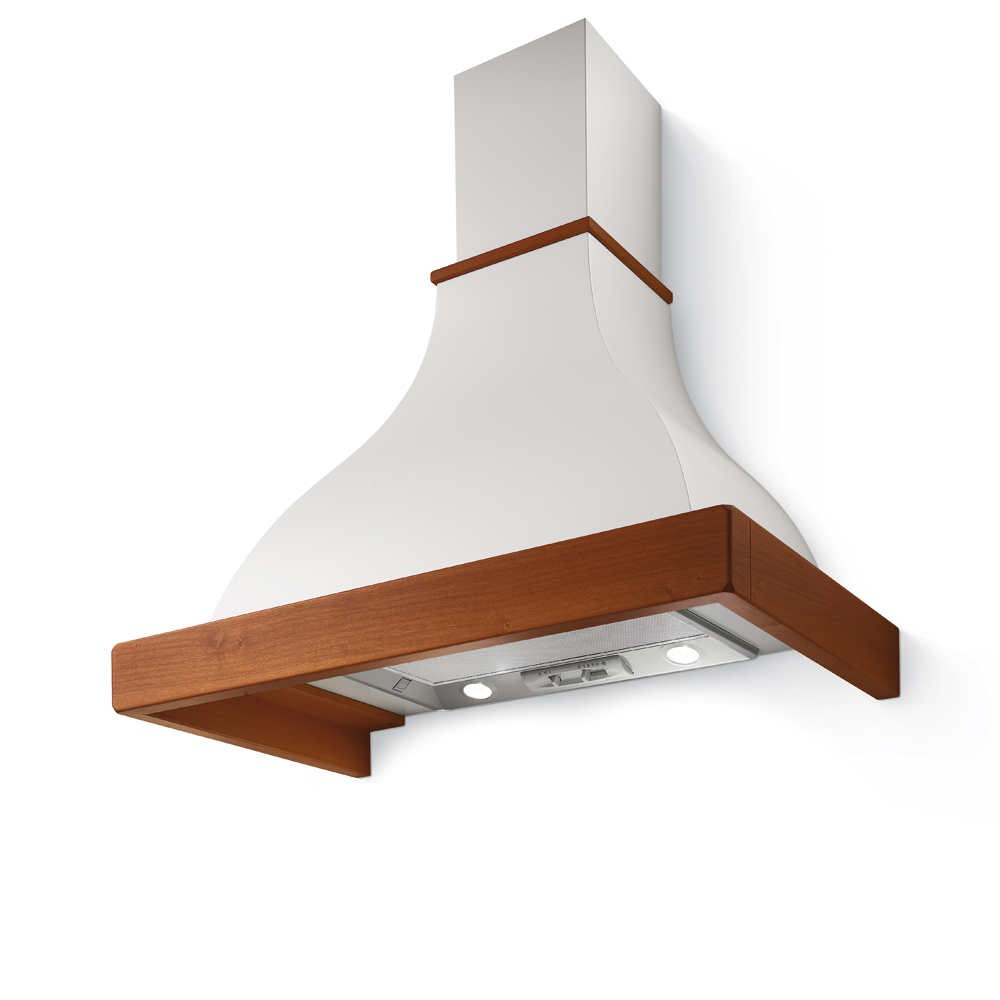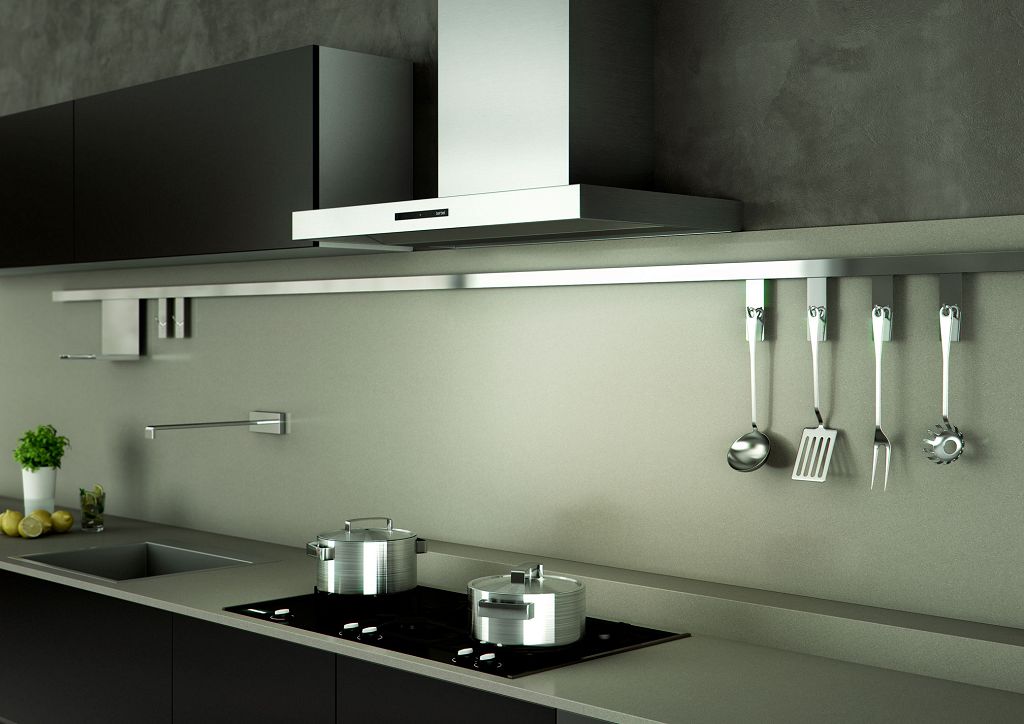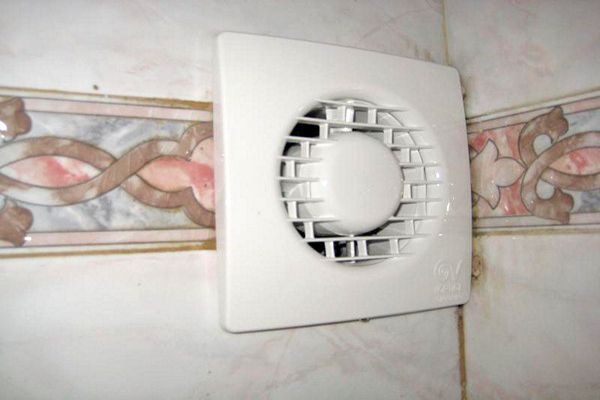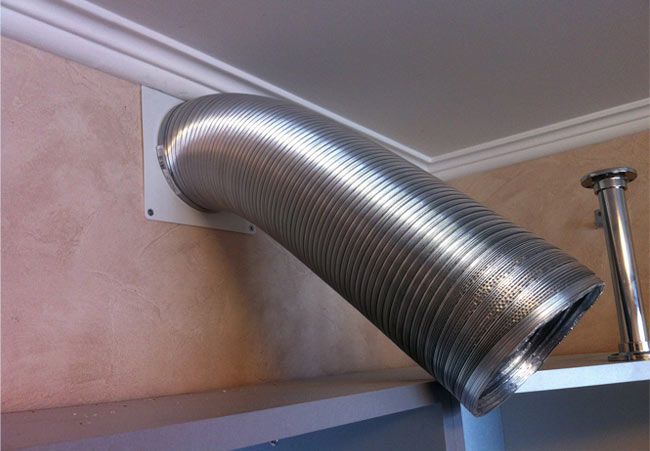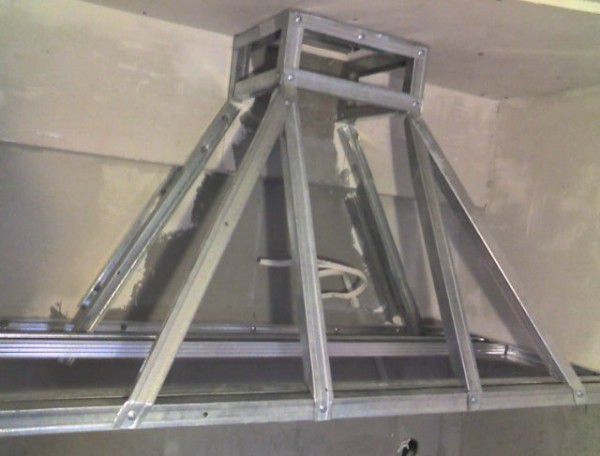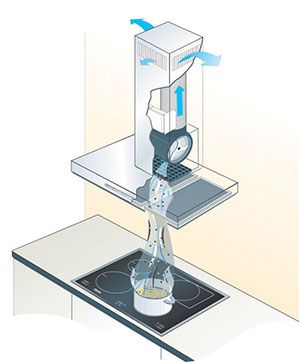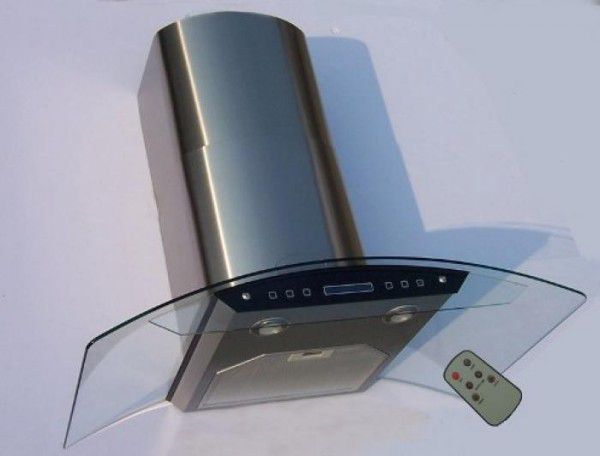A bathroom is a room that is regularly exposed to high humidity, as a result of which mold, unpleasant odors and all kinds of fungi can easily appear there.
This can be prevented quite simply - this will require an extractor hood in the bathroom, this device will be able to quickly remove excess water particles from the air of this room.
Features and types of devices

At the moment, there are several types of hoods for this part of the home. All of them are divided into several types depending on the classification.
For example, depending on the method of air exchange, the hood can be:
- natural type;
- forced.
In the first case, the implementation of air exchange is meant as a result of the fact that there is a temperature difference inside and outside the house. Air exchange takes place through a ventilation hole in the wall of the room. But this type of ventilation is characterized by low efficiency, the work will be carried out under the condition that it is cooler inside than outside. Also, in such a case, there is a risk of catching a cold while taking a bath due to the presence of drafts there. That is why forced ventilation in the bathroom is the preferred option.
To ensure this type of ventilation, it will be necessary to install a specially designed device - an exhaust hood. Installation of this device is carried out directly into the ventilation system or into the wall of the room. As a result, the hood will remove the exhaust air from the bathroom, fresh air will flow there through the windows or doors.
In terms of the functional characteristics of the device, the bathroom ventilation system can be:
- exhaust type - the main part of the device is the hood, which removes the air mixture from the room;
- natural type of system - supply;
- combined system - a type of ventilation characterized by maximum efficiency, which combines the two previous systems.
Taking into account the use of channels in the system or their absence, the hood for a bathroom can be:
- channelless, when the hood is installed directly into the wall of the house;
- channel, which is used if there are system channels in the room.
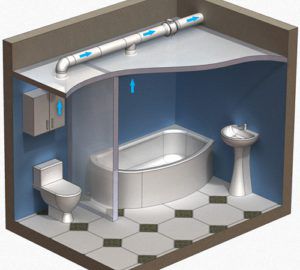
In the case of the latter option, the fan is mounted at the starting point of the duct. At the same time, it is worth remembering that the duct hood is equipped with a check valve that prevents the air mixture from moving in the opposite direction.
Depending on the way the hood functions for this room, there may be:
- simple;
- automatic.
Simple models are a conventional electric fan mounted in a tubular casing. A conventional switch is used to start it. The use of such a device is not always advisable, because cleaning and air removal will occur only when there is a person in the room.
Automatic models are equipped with special electronics that control the operation of the device. It can be of one of two types - an off timer or a special sensor that turns on the fan when the humidity rises.
Exhaust fan types
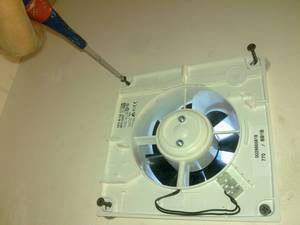
The main part of any hood in the bathroom is a fan, on which the performance of the device depends.Depending on the design features, the following fans can be used in modern hoods:
- axial;
- radial;
- centrifugal;
- roof.
The axial ones represent a conventional wheel with blades along the edges. Such a device is installed on the axis of the electric motor; when it rotates, the blades will capture air flows from the room and move them inside the ventilation duct. Most often, all elements of this design are placed in a cylindrical case, so that they are installed directly into the ventilation hole. Among the disadvantages of using this type of fan, only one deserves attention - axial fans are quite noisy.
A radial fan is an impeller placed in a radial casing structure. During the operation of such a device, air flows along a radial trajectory enter the interscapular openings, where they are compressed and, as a result of the occurrence of centrifugal force, enter the exhaust channel.
The simplicity of design and easy installation made centrifugal fans the most popular among consumers. Despite the rather high operating power, this type of fan has a low noise level.
Rooftops are designed to be installed directly on the roof of the house. These are ready-made functional complexes, where an electric motor, a fan, a regulator and vibration pads are placed in one case. During operation of the installation, air moves both radially and axially.
What to consider when choosing
Before buying and installing a hood in the bathroom, you should make the right choice of this device for your bathroom. What features of the air cleaning device should you pay attention to when choosing it? Let's consider the most important ones.
The first is the ability of the hood fan to drive a certain amount of air through the air ducts, that is, the functionality of the device. Without making complicated calculations, we can say that the amount of exhaust air is directly determined by the diameter of the exhaust device.
At the moment, you can find fans with a cross section of 150, 120, 100 or 80 mm. If 80 or 100 mm in diameter is enough for Khrushchev, then for dwellings of a more modern layout, models with a diameter of at least 120 mm should be chosen.
The second point is the level of protection from moisture that the hood has. Everyone knows that high humidity in a room where an electrical device operates is fraught with significant problems. Therefore, it is worth buying those models that are provided with protection against moisture.
The noise level that the device creates during operation is also quite important. Modern high-quality models are able to work almost silently - only the movement of air through the pipes is audible.
And the last of the most important parameters is the reliability of the device, which will enable it to work for several years. This feature of the devices is confirmed by the guarantee of its manufacturer - if its validity period is less than a year, such a model is not worth buying.
Installation recommendations
It is recommended to install the hood directly under the ceiling or at a distance of up to 20 cm from it. In this case, you should try to ensure that the device is located opposite the door or slightly obliquely from it - in this case, it will turn out to provide a good flow of air, which will replace the one that will bring out the hood.
If there is a ventilation duct in the room, the bathroom hood should be installed directly into it.If you need to expand the channel, you can use a grinder or a chisel with a hammer.
To securely fix the device in the opening, you should use self-tapping screws, liquid nails or special fasteners from the kit to the hood. The choice of devices for this is carried out in accordance with the characteristics of the room.
If the fan is correctly installed in the duct, it will be completely hidden, only the ventilation grill will remain outside. When choosing the model you like, it is important to ensure that its grille matches the overall style of the bathroom.
To seal the joint between the wall and the grille, and at the same time to provide sound insulation, it is worth using a sealant with silicone as a base. It must be applied to the back of the grille just before fixing it.
Before fixing the ventilation grill, it is recommended to check the correct installation of the hood and its functionality.
Hood installation procedure
After choosing a suitable hood model, all that remains is to install it in place. How to do it? You just need to adhere to the following sequence of work:
- To the place where the fan is to be installed, wiring is laid hidden in a cable channel or pipe;
- The area of the ventilation opening is adjusted to the size of the selected device;
- The hood body is mounted in the prepared hole, the seams are carefully sealed with sealant;
- After that, all the required work related to electricity is carried out;
- The final stage of installing the hood in the bathroom is the installation of the grill.
It is important to remember that there must be at least a small gap between the floor and the door of the room, which will ensure the availability of free air flow. If there is no such gap, then the entire functioning of the fan in the bathroom will be simply meaningless.
To increase the sound insulation parameters, one or another noise absorber must be installed immediately behind the fan. If this does not work out, then you need to at least trim the upper part of the channel with soundproofing material.
As is clear from all of the above, a bathroom hood is a necessary component of this room. Everyone can choose such a device and even install it on their own, thanks to which the microclimate in this room will become more comfortable.

